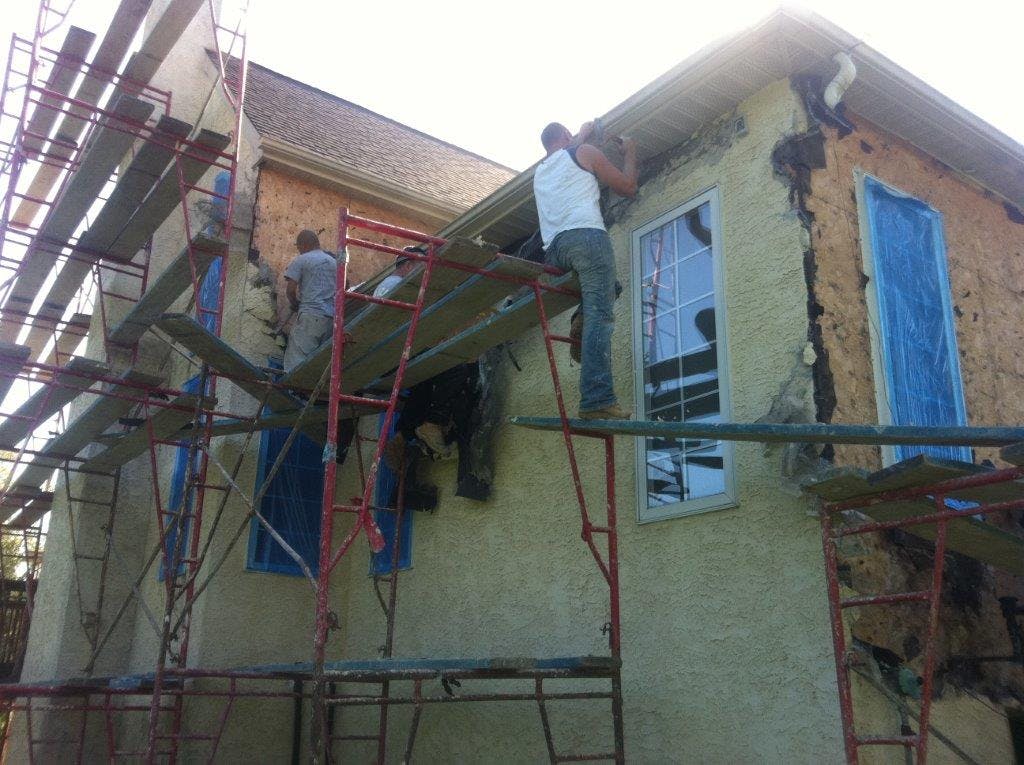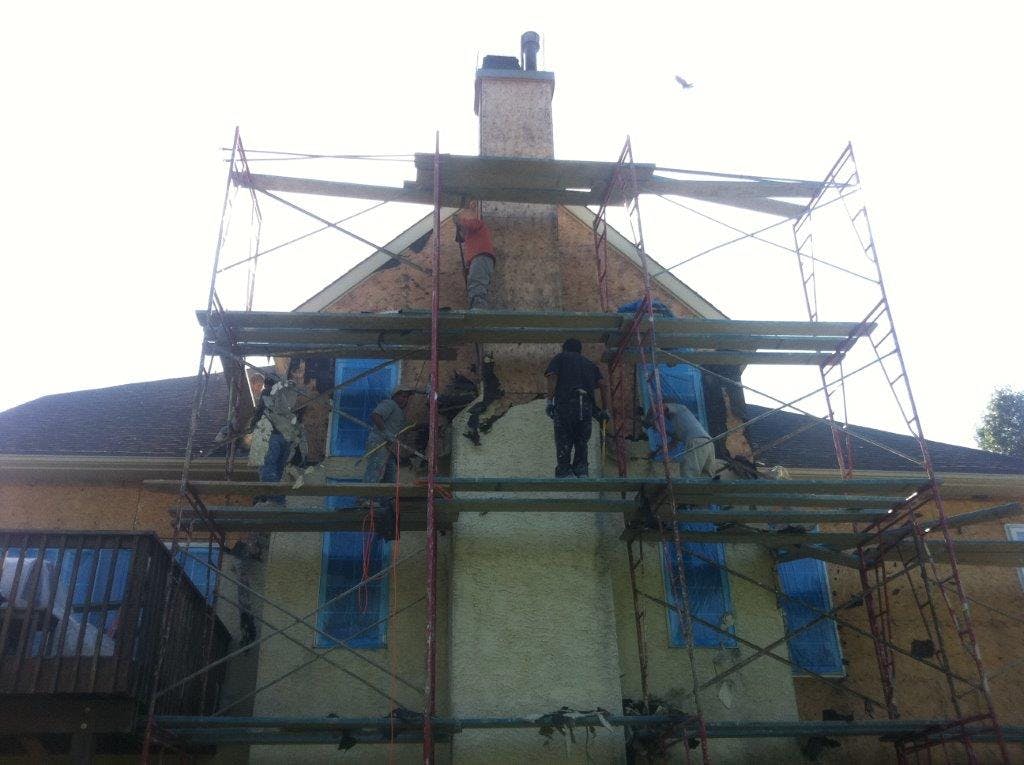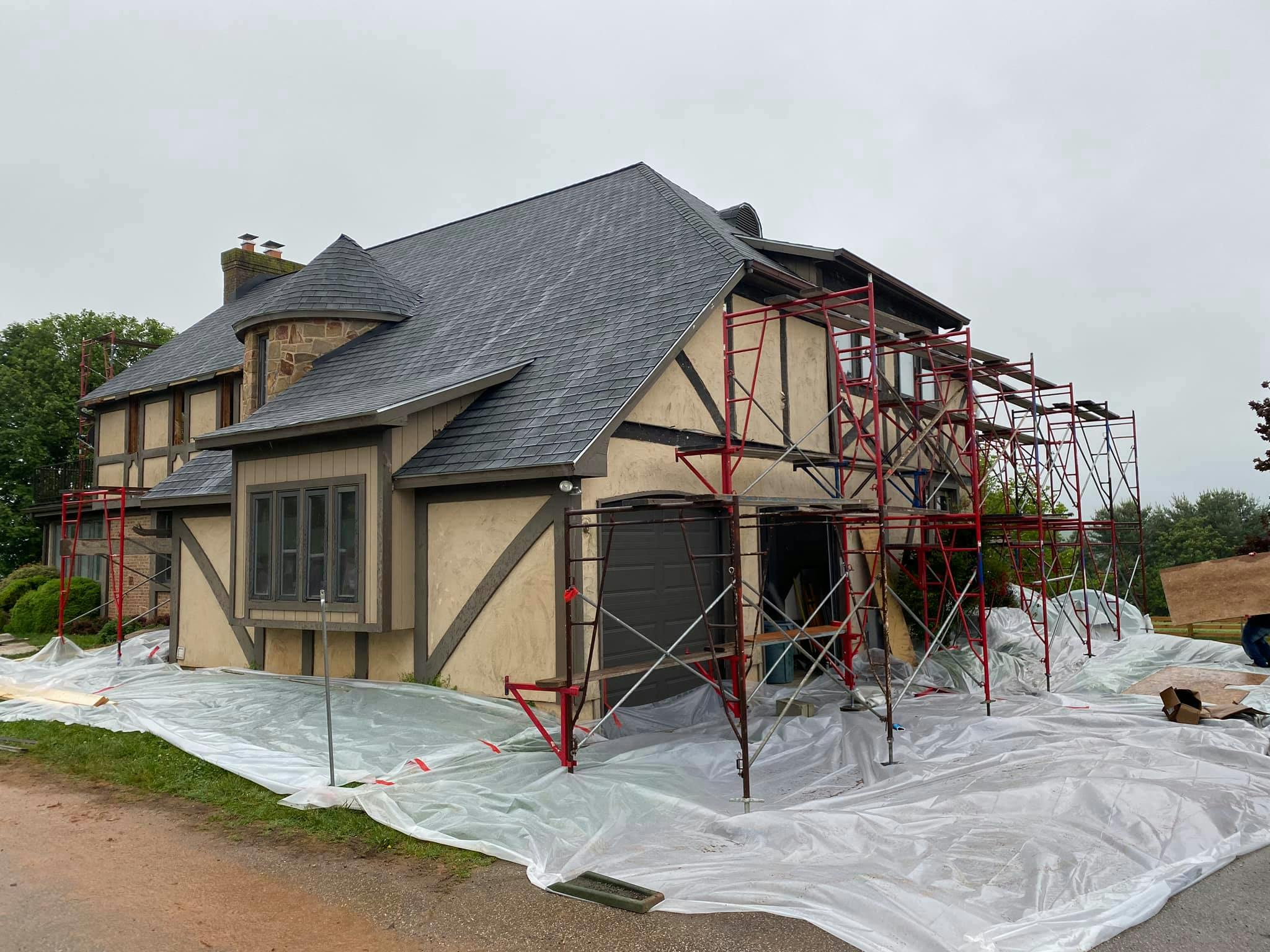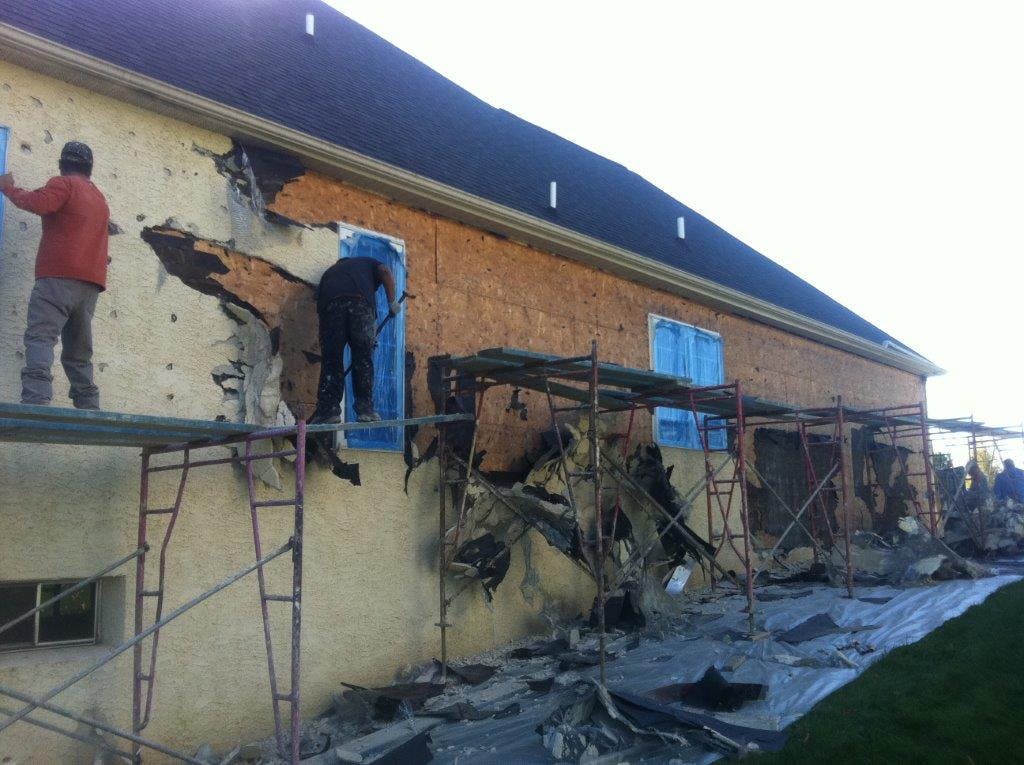
Home inspections are a common part of buying or selling a house. If the house comes with a stucco, stone veneer, or siding exterior, an inspection of the internal wall structure is highly recommended. But, many home buyers and sellers still have questions about inspections regarding why they are recommended, how they are performed, and who pays for repairing any damage that may be uncovered in the process.
Why are Home Inspections Recommended?
When buying or selling a house, there may be underlying damage that is hidden from sight. A home inspection serves to locate this hidden damage so that there are no surprises after the sale. If the house has a stucco, veneer, or panel siding exterior, an inspection is recommended to check for moisture buildup inside the walls. This can cause severe damage to the structure as well as mold and mildew growth.
Home inspections are also recommended regardless of if you are the buyer or the seller of the house. Sellers should look to get their stucco exteriors inspected before their house goes up for sale. This will give you time to make repairs before you hire a realtor if any damage is discovered. Or, you may decide to sell the house as-is after receiving the results of the inspection. Regardless of which choice you make, it is best to know what underlying damage is there from the start so it does not surprise you later in the selling process.
Buyers should similarly want an inspection to have been performed in order to protect themselves from purchasing a house that potentially requires costly repairs. Buying a house without an inspection is like buying a car without checking that it runs first, but with potentially more costly consequences. If severe damage is revealed within the walls, you may be able to back out of the purchase, opt to have it repaired, or see if the seller will repair it.
How are Home Inspections Performed?

Visual inspections of the exterior of the house are not sufficient for determining whether there is significant damage or not. The majority of damage is going to be internal where it cannot be seen until it is too late. This means that an invasive procedure is required in order to determine if there is water intrusion or not. The procedure involves drilling small holes near common moisture intrusion spots. Once the holes are drilled, the interior of the wall can be inspected. After the inspection is completed, the holes are refilled and will not be noticeable.
Who Pays for Repairing Damage Uncovered by an Inspection?
Who is responsible for paying for repairs after damage is uncovered by a home inspection is one of the biggest questions other than the price of the house itself. Should the buyer have to pay for repairs because the house is going to be theirs? Or should the seller have to pay because the house is currently owned by them? In most cases, the answer will be the result of an agreement between the two parties.
Buyer and seller agreements over repairs often take one of three forms. If the seller ends up paying for the repairs, the trade-off frequently comes in the form of an increase in their asking price for the house. This price does not cover the entire cost of repairs but may cover around half. The opposite of this is if the buyer takes on the cost of repairs, then the seller may lower their asking price in a similar fashion. In both of these situations, there is a level of guarantee for both parties. The buyer is guaranteed that the repairs will be made without them taking on the full price of repairs, and the seller is guaranteed that the house is sold also without taking on the full price of repairs.

How Much Does Stucco Remediation Cost?
What sorts of costs can you expect if a home inspection uncovers damage?
The third common agreement is one in which both parties agree to cover some of the repairs. This typically involves the seller being responsible for major repairs (because the damage occurred while they were in possession of the house) and the buyer being responsible for minor repairs. Though, any breakdown of repair responsibility works as long as both sides agree to it.
Sale Contracts

A final factor to consider when determining who is responsible for the cost of repairs is whether there is a signed contract between the buyer and seller. In some cases, the homeowner is planning to sell the house as-is. In this case, they would already have made their intention not to repair any damage clear. Additionally, there may be a penalty for backing out of the sale for either party. Penalties such as those regarding deposits may be an effective measure in ensuring that an agreement is reached regarding repairs.
Conclusion
Home inspections are necessary to determine if there is any damage caused by moisture becoming trapped between the exterior walls and the stucco, veneer, or siding affixed to them. This damage typically cannot be seen without the use of an invasive procedure that involves drilling holes in the wall. And after an inspection is completed, the biggest question home buyers and sellers have is, “who should pay for repairs that need to be made?”
Friel Exteriors
While you will have to come to an agreement with the buyer or seller regarding whose responsibility the repairs are, you can trust us for everything else. At Friel Exteriors, our team of trained professionals can perform both the home inspection and remediation of stucco walls. Contact us today if you are in need of a stucco inspection or remediation services.




